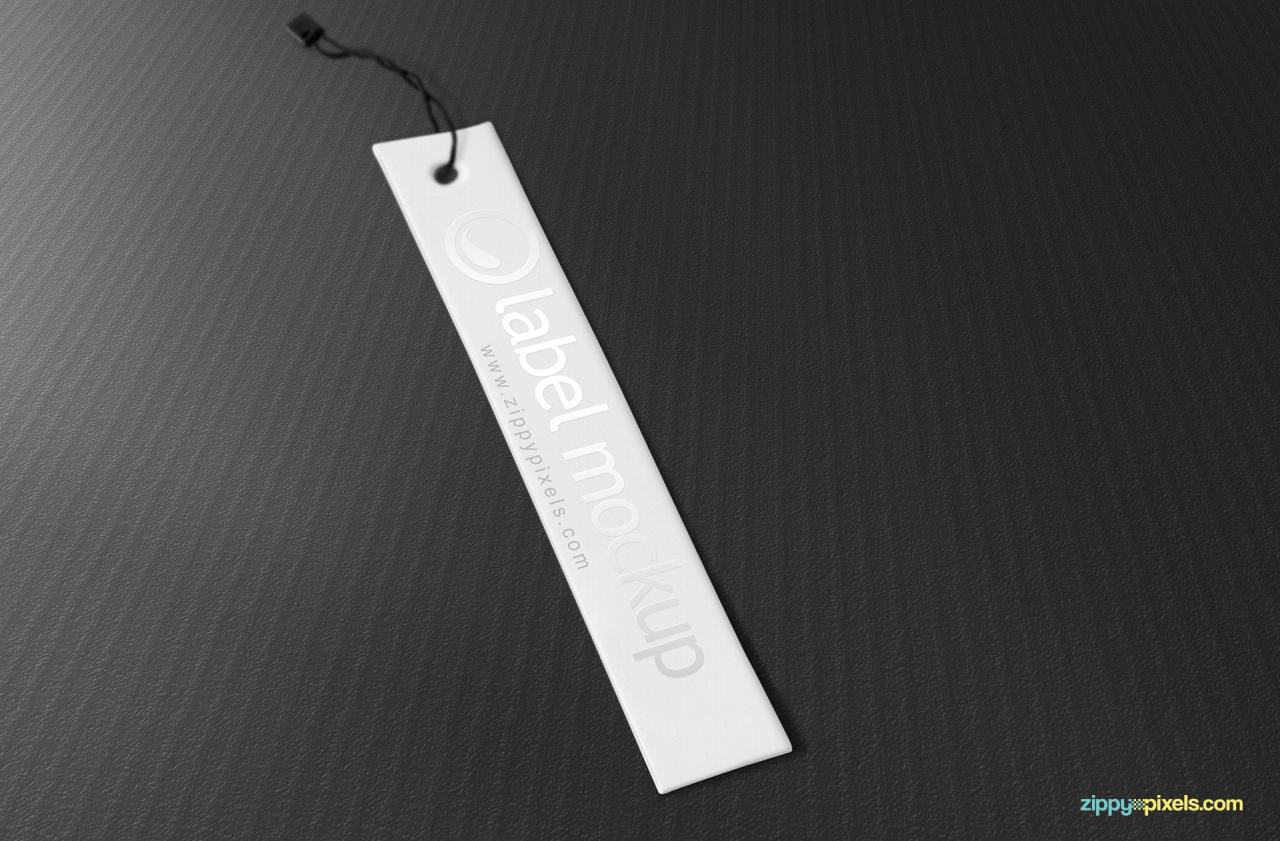
Label Mockup: A Comprehensive Guide for Designers and Marketers
Introduction:
In the realm of packaging and branding, labels play a pivotal role in conveying product information, enhancing brand recognition, and captivating customer attention. To effectively create and design eye-catching labels, designers and marketers rely on label mockups as indispensable tools. A label mockup is a digital representation of a physical label that allows for accurate visualization and assessment of the label’s design and appearance before it goes to print. This article delves into the world of label mockups, exploring their types, applications, benefits, and best practices for creating impactful designs.
Types of Label Mockups:
Label mockups come in a wide variety, catering to the diverse needs of designers and marketers. The most common types include:
-
Flat Label Mockups: These mockups present a two-dimensional representation of the label, providing a clear view of the design, typography, and color scheme.
-
3D Label Mockups: Using advanced rendering techniques, these mockups create realistic three-dimensional models of the label, allowing designers to evaluate the label’s shape, texture, and dimensional effects.
-
Product Mockups with Labels: These mockups showcase the label applied to a specific product, such as a bottle, jar, or package. They provide a comprehensive view of how the label will look in its intended context.
-
Transparent Label Mockups: These mockups feature labels with transparent backgrounds, enabling designers to preview the label’s appearance when applied to various surfaces and packaging materials.
Applications of Label Mockups:
Label mockups find numerous applications in the design and marketing process:
-
Design Evaluation: Mockups allow designers to assess the effectiveness of their label designs, identify any areas for improvement, and make informed adjustments before finalizing the artwork.
-
Client Presentations: Mockups provide a tangible and visually appealing way to present label designs to clients, enabling them to visualize the final product and provide valuable feedback.
-
Marketing and Sales: Mockups can be used in marketing materials, such as brochures and catalogs, to showcase the product’s packaging and highlight its key features.
-
Label Customization: Mockups facilitate the customization of labels for different product variations, allowing designers to experiment with various design elements and create unique labels for each variant.
Benefits of Using Label Mockups:
The use of label mockups offers numerous benefits:
-
Time and Cost Savings: Mockups eliminate the need for physical prototyping, saving time and production costs associated with printing and sampling.
-
Accuracy and Precision: Digital mockups provide precise representations of the label’s appearance, reducing the potential for errors and ensuring the final product meets expectations.
-
Versatility and Flexibility: Mockups allow for easy experimentation with different design options, enabling designers to explore various concepts and make informed decisions.
-
Enhanced Collaboration and Communication: Mockups facilitate effective communication between designers, marketers, and clients, ensuring that everyone is on the same page regarding the label’s design.
Best Practices for Creating Impactful Label Mockups:
To create label mockups that effectively convey the product’s message and enhance brand recognition, follow these best practices:
-
Choose High-Quality Mockups: Opt for mockups that offer realistic textures, lighting, and shadows, ensuring an accurate representation of the final label.
-
Use Realistic Lighting: Pay attention to the lighting in the mockup, as it can significantly impact the appearance of the label’s colors and textures.
-
Pay Attention to Detail: Meticulously recreate the label’s artwork, including colors, fonts, and graphics, ensuring that the mockup accurately reflects the intended design.
-
Consider the Product’s Context: Choose mockups that align with the product’s packaging and intended use, providing a realistic representation of how the label will be applied.
-
Seek Feedback and Iterate: Share the mockups with colleagues, clients, or focus groups to gather feedback and make any necessary revisions to enhance the label’s effectiveness.
Conclusion:
Label mockups are essential tools for designers and marketers, enabling them to create and evaluate impactful label designs before committing to print production. By leveraging the diverse types of mockups available, designers can experiment with various design options, ensure accuracy and precision, and enhance collaboration throughout the design and marketing process. Embracing best practices for creating realistic and effective mockups is crucial for producing labels that captivate attention, communicate brand identity, and drive product sales.





